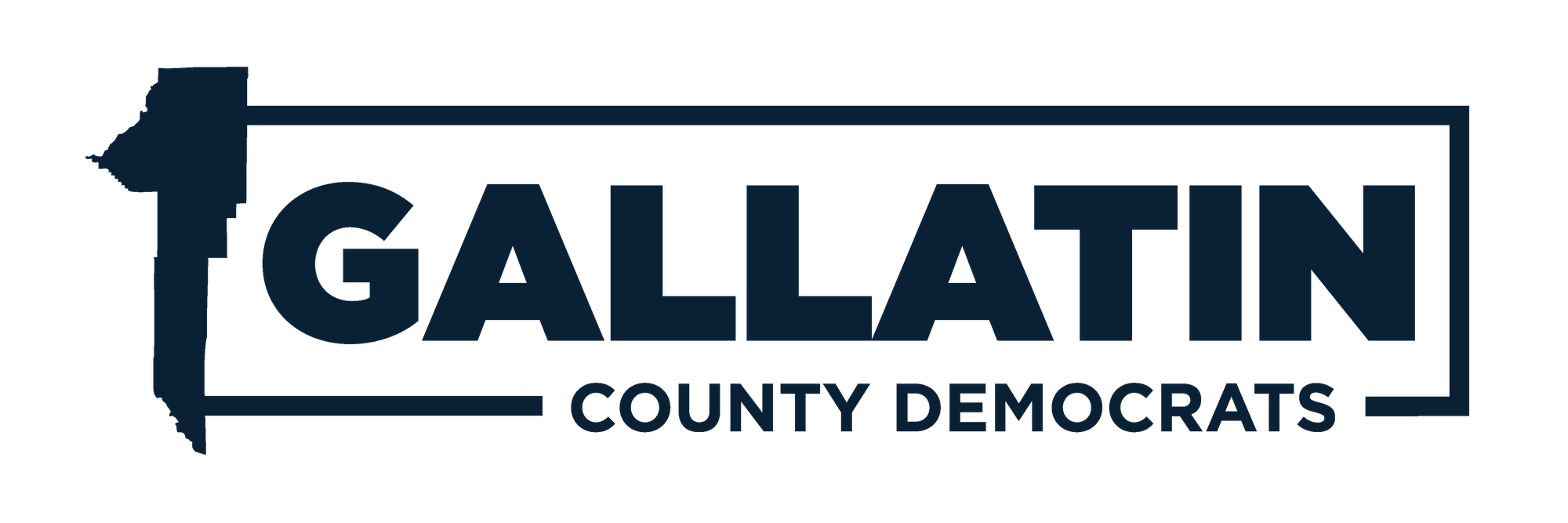By APRIL CRAIGHEAD
Guest columnist
As the old saying goes “the only thing constant is change.” That is especially true in Montana and other western states as tourists and new homeowners find their way into Gallatin County and Bozeman, and other rapidly expanding small and mid-sized towns.
In the latest draft plan for growth in Gallatin County, research indicates that our population has increased from 67,831 to 111,876 from 2000 to 2018. That’s a whopping 64% increase in the county’s population. The projections for the future are no less startling. If growth continues at rates between 2.75%-3.1%, then by 2040 the population of Gallatin County will be between
200,000-217,000 people. Where are all these people going to live?
What changes will we face in regards to the cultural, agricultural, wildlife and mountain landscapes that we all hold dear?
The current Gallatin Valley Growth Policy is a detailed document that outlines where potential growth will occur in the future. As many suspect, most of that growth will be concentrated in the area between Bozeman, Belgrade and Four Corners. This justification is based on a variety of factors including existing roads, infrastructure and other amenities. The plan was a collaborative effort by members of city governments, planning boards and concerned citizens from across the county. The resulting document will provide direction for future growth for zoning and subdivisions that is required by the state of Montana.
Three major themes within the draft growth policy are cultural, including the preservation of working farms/ranches and agriculture; open space, including wildlife; and opportunity for further development which provides communities with housing, infrastructure, open space and recreation among other things.
As a wildlife biologist, my main concern for future growth in the community is how it will affect wildlife. Currently the golden triangle is a mix of urban, residential and agricultural lands that
is quite fragmented but still provides for wildlife to a certain degree. Future population growth, if properly planned and enforced by regulations, could still allow for some connectivity to the Bridger, Gallatin, and Madison Mountains for elk and deer. Wetlands could be maintained for fish, bird and plant species. Open space restored with native plants, and agricultural lands, could provide safe habitat for multiple species.
Subdivisions must be planned to provide connectivity through important habitat like wetlands and riparian areas, and provide natural exits so animals don’t get trapped in a subdivision or downtown. I’m sure anyone who lives along Bozeman Creek can describe the yearly encounters with bears when they take advantage of fruit trees and garbage cans in the fall. The bears follow their noses and their instincts down the creek but then get stuck in the middle of Bozeman. Some of these problems could have been mitigated years ago by providing small areas of connectivity
out of downtown and incentives and education for homeowners to purchase bear proof garbage containers and store attractants.
If properly planned, subdivisions can still provide important wildlife habitat and even enhance it if sufficient buffers are maintained with naturally occurring vegetation along stream courses.
If measures from the growth policy are adopted, regulations regarding wildlife and development of subdivisions must be enforceable. I understand that developers want to make money, and open
space represents money left on the table to them but providing them with clear and enforceable guidelines on development with wildlife in mind will be crucial for things to get done properly the first time and it will provide amenities to make the land more valuable in the long term. There are several subdivisions that I can think of that could have been designed with wildlife in mind;
instead houses were placed in areas that maximally displaced wintering elk herds and alter migration routes.
I work for the Craighead Institute and we are working with other non-profits like Wildlife Conservation Society (WCS) to provide scientific input on wildlife connectivity and the impact of trails to user groups.
We are working with other groups like the Sierra Club and Gallatin Wildlife Association to bring more awareness to potential wildlife-human conflict issues that may occur as growth continues in the county, and to develop mitigation options.
Personally, I’m greatly saddened by the rapid growth of Gallatin County but I don’t see that there is any way to stop it. When implemented, the Gallatin County Growth Policy Plan will provide guidelines and hopefully enforceable regulations to make sure that wildlife and other important aspects of this community are maintained and preserved into the future. If you care about wildlife, open space, our agricultural heritage of working lands and the future of growth in the Gallatin Valley, please make comments to the growth policy by April 2. https://plan.konveio. com/envision-gallatin-growthpolicy-working-draft
April Craighead is a wildlife biologist with the Craighead
Bozeman Daily Chronicle Guest Editorial 4/1/21

